Yep, Actuator is coming to you a day early — mostly because it felt a bit weird to drop the robotics newsletter right in the middle of the robotics conference. Good news for everyone who’s sick of me telling you to SIGN UP FOR FREE RIGHT HERE: This is the last you’ll be hearing that from me for a while. Of course, next week’s edition is going to be filled with some of the event’s highlights, but at least it’s not a sales pitch, right?
Oh, and speaking of pitches (I know, I know), we just announced the four early stage firms that are participating in our Robotics Pitch-Off. Congrats to:
- Endiatx – “Robot pills for hardcore telemedicine, initially for upper endoscopies.”
- Gather AI – “The world’s first autonomous inventory monitoring platform for the supply chain using off-the-shelf drones.”
- Touchlab – “A compliant “e-skin” sensor technology to give machines a sense of touch. Our latest e-skin, Triaxial, senses normal and shear forces, enabling novel functionalities such as slip detection (with autonomous compensation) and even object identification through touch alone.”
- Mobilio – “A single sensor package that enables safe movement for 400M users of canes, walkers, crutches, and wheelchairs. The device senses the user’s environment to avoid hazards and the user’s movements to ensure proper device use.”
Congrats to all. We had a ton of submissions this year and our illustrious judges were impressed with everyone who made it into the pitch-off. Keep an eye on all of these startups.
We’ve been going hard on promotion in the lead-up to tomorrow’s big event. Over the past two weeks, I’ve recorded a special edisode of Equity with Alex about the overall state of the industry, we’ve done a pair of TechCrunch Lives with Rapid Robotics and Attabotics (plus investors Bee Partners and Forerunner Ventures) and I hosted two Twitter Spaces with Ayanna Howard/Ayah Bdeir and Colin Angle.
Those last few are going to be available soon as TechCrunch Live podcasts, but in the meantime, I’m going to be turning over the intro to this newsletter to some of the more interesting insights from the pair of Twitter Spaces, then on to what’s already been an exciting week in robotics.
Starting in chronological order, we’re kicking things off with the dean of The Ohio State University’s College of Engineering, Ayanna Howard, and littleBits founder/E14 partner, Ayah Bdeir.
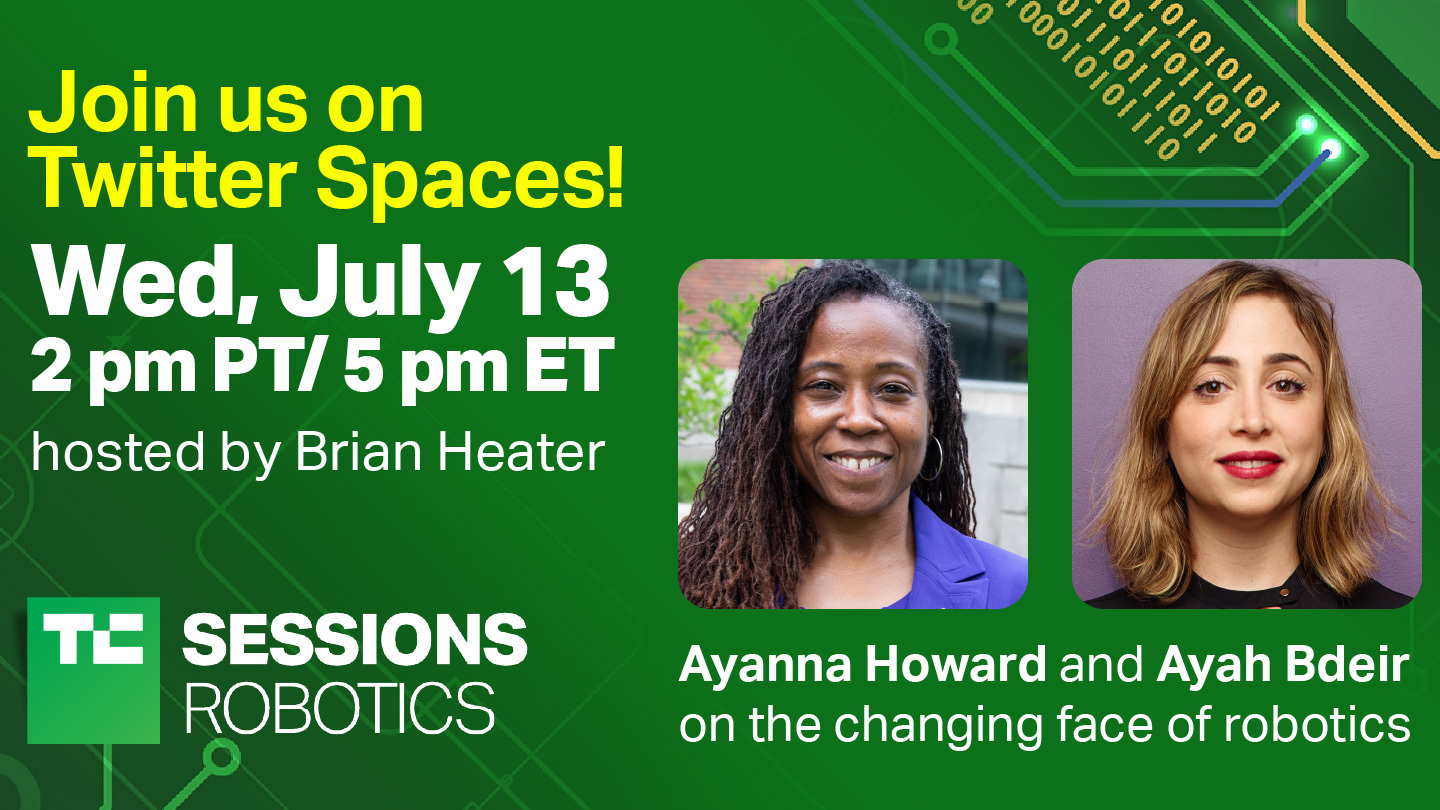
Image Credits: Bryce Durbin/TechCrunch
What does research and academic collaboration look like in the era of remote work?
Ayanna Howard: One of the things in my research in particular, is human-robot interaction, which typically means you have to have humans and robots in same space [laughs]. In general, in the field, anyone who is doing studies and research where you’re observing humans and robotics interacting in the wild, you had to rethink your fundamental ways of doing research. It was a little hard for the community to figure out. It also meant there was a lot more research on how to do remote-based research on HRI.
Ayah, what drew you to the VC side of the fence?
Ayah Bdeir: Throughout my tenure at littleBits, I was always very engaged with the startup community, whether through founder circles or advising startups that are just starting out or doing some angel investing. The thing that I realized really quickly is that a lot of the entrepreneur journey is transferrable. A lot of the challenges we go through, a lot of the insights, a lot of the self-growth we have to go through, are common across industries.
Should universities and research institutes be doing more to foster startups?
AH: I think so, and it’s one of the things universities are starting to do a lot more. Prior to my being at Ohio State, I was at Georgia Tech, and there was Create-X. At Ohio State, we recently launched the President’s Buckeye Accelerator program to basically fund and mentor students. Think of it as a kind of incubator-type accelerator/VC fund for students. It’s important, but it’s not necessarily to launch companies to get acquired, it’s to teach students how to be entrepreneurial, follow their dreams and learn the hard lessons that allow them to grow.
Both of your startups were focused on the STEM space. What needs to be done to get more kids interested in the category?
AH: The challenge we have now is more about access. In certain demographics, in certain neighborhooods — areas like Silicon Valley or Boston — the kids know about it and are excited about it. Now there’s resources available to purchase products and things like that. When littleBits came out, there were very few things out there. Now you can go to any Toys “R” Us and you have two aisles around STEM. But I think it’s about access and how you provide this to under-resourced communities. That’s where the gap is.
AB: I couldn’t agree more. On one hand, I’m very proud of what early inventors in the space have done, including what littleBits has done at a time when there was very little awareness. At littleBits, we made it our mission to create a community of kids that are inventors, changemakers and really focus a lot on the diversity of our community and getting more girls and kids who have different learning abilities into the community. And I’m very proud of what we were able to do in that space, but as Ayanna was saying, access is problematic in many underserved communities and continues to be. Oftentimes these things are available in affluent communites, but aren’t in communites in need. Ever since the pandemic, I’ve been really concerned about, yes, how can we get these kids into STEM, but then what happens when they graduate university and go into the workplace and they are treated unfairly and not paid as much. Social pressures or work pressures can cause them to drop out.

Image Credits: Bryce Durbin/TechCrunch
Next up, a snippet of my conversation with iRobot co-founder and CEO, Colin Angle.
Was there anything the Roomba encountered in the real world that you weren’t prepared for the in the laboratory?
There have been some unique pieces of furniture that emerged as being just banes of our existence. I think that the old couch with a sagging mattress was something that was the bane of our existence for a long time because that lower down couch was soft enough that it wouldn’t activate the bumper until it was pushing down on the front of the robot with enough force to cause the robot to get stuck. Without a range sensor of some kind, shooting infrared underneath the couch is only so effective. That one was just an evil thing that many, many robots became wedged in. We’ve been able to bring front-facing cameras, and start solving that problem using imagery.
How much of a part of bringing Roomba into the real world was tempering user expectations around what a home robot can do?
The promise of robots has been with us forever. Rosie from the Jetsons — why can’t robots do this or that? In the consumer robot space, pre-Roomba (and arguably post-Roomba, as well), the world has struggled to find areas where a robot really delivers more value to the customer than it costs. There’s only so big of a market for cool or entertaining robots or a robot that delivers some convenience. Vaccuming was this wonderful thing where the original Roomba worked well enough that people felt that for the price — at least in the early adopter parts of the market place — it made a ton of sense.
Earlier this year, we saw Amazon’s approach to the space, Astro. It’s not a direct competitor to Roomba, it’s more of a traditional take on the humanoid robot.
I think that over time, I think Astro will be better understood for the value proposition and it will be optimized around a very clear home. Is it your mobile security system? That could be a place that it goes that proves out to be understandable and justifiable. For that price value equation, I think that it’s an impressive robot in many ways.
The last update that we had about the lawnmower Terra was in April 2020, right at the beginning of the pandemic. Are there any updates on that front?
What we said in the latest call is that we are working on non-floor-cleaning robots. Interpret that as you will.

Image Credits: Intrinsic
I had another enlightening conversation with Intrinsic CEO Wendy Tan White. She’s someone I’ve been trying to chat up for a while and finally had the opportunity to discuss some of the Alphabet X graduate’s progress, including its recent acquisition of Vicarious. The teams are working together to launch a platform designed to make it easier to program robots, including “Python-level programming” and a built-in simulator. That’s set to launch later next year.
“We’re really about trying to unlock the economic potential of industrial robotics and give a lot more businesses and developers real access to it,” Tan White told me. “Not just AI specialists or robotics PhDs. Give access to more folks who can really build applications more quickly with it.”
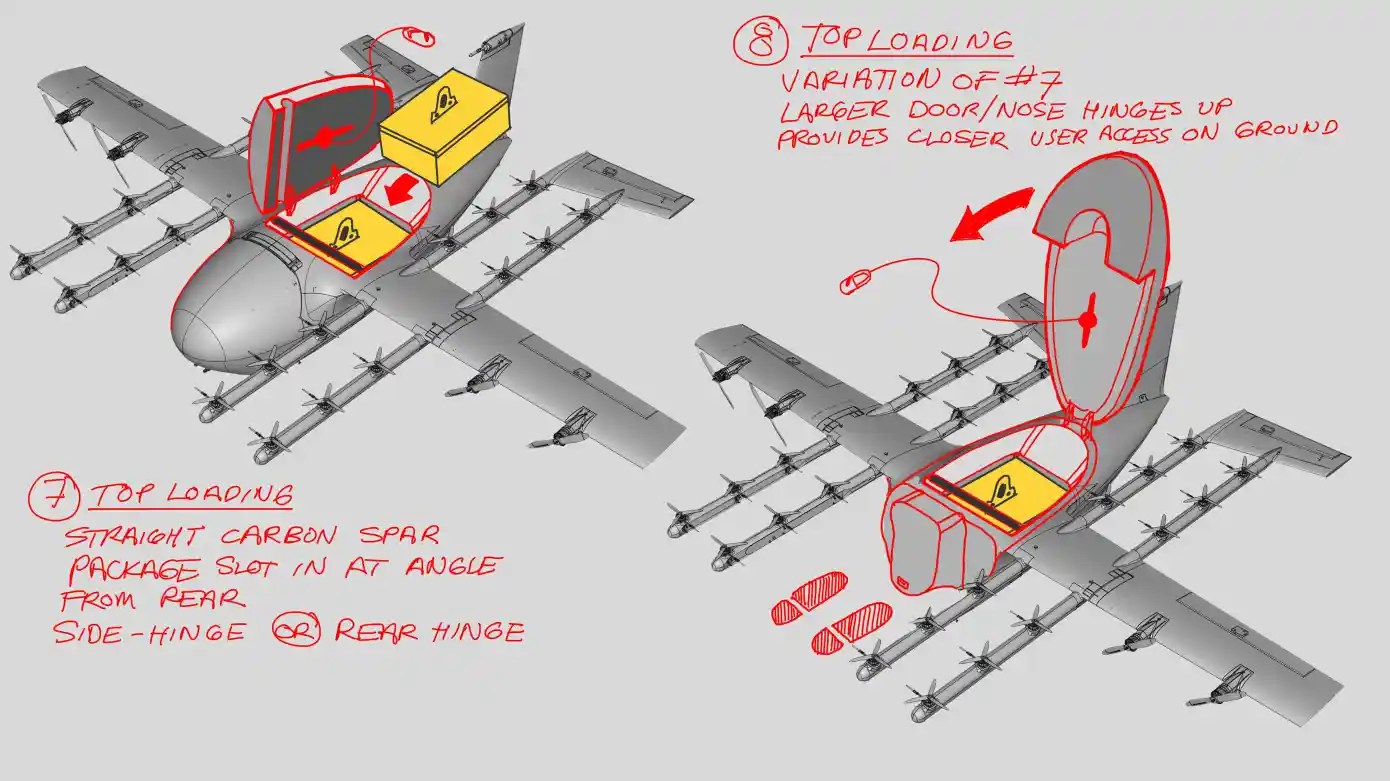
Image Credits: Wing
Speaking of Alphabet X graduates, I also had the opportunity to talk to Wing’s newish CEO, Adam Woodworth, who recently showcased how the firm is diversifying its drone fleet to expand to additional delivery types.
“The existing system that we built is a really strong foundation. The existing payload capacity carries about 2.5 pounds of stuff,” he told me. “The range is about six miles. That works really well for most of the on-demand delivery use cases that we’re focused on. While that main operational thread has been running, we’ve had R&D portions of the company looking at what other use cases there might be and what other vehicles can we develop in this same family of aircraft to be able to poke around different parts of the delivery ecosystem.”
One of Wing’s chief competitors, Amazon, announced this week that it’s bringing deliveries to College Station, Texas, later this year. The company will be teaming with both the city and local Texas A&M University in its roll out.
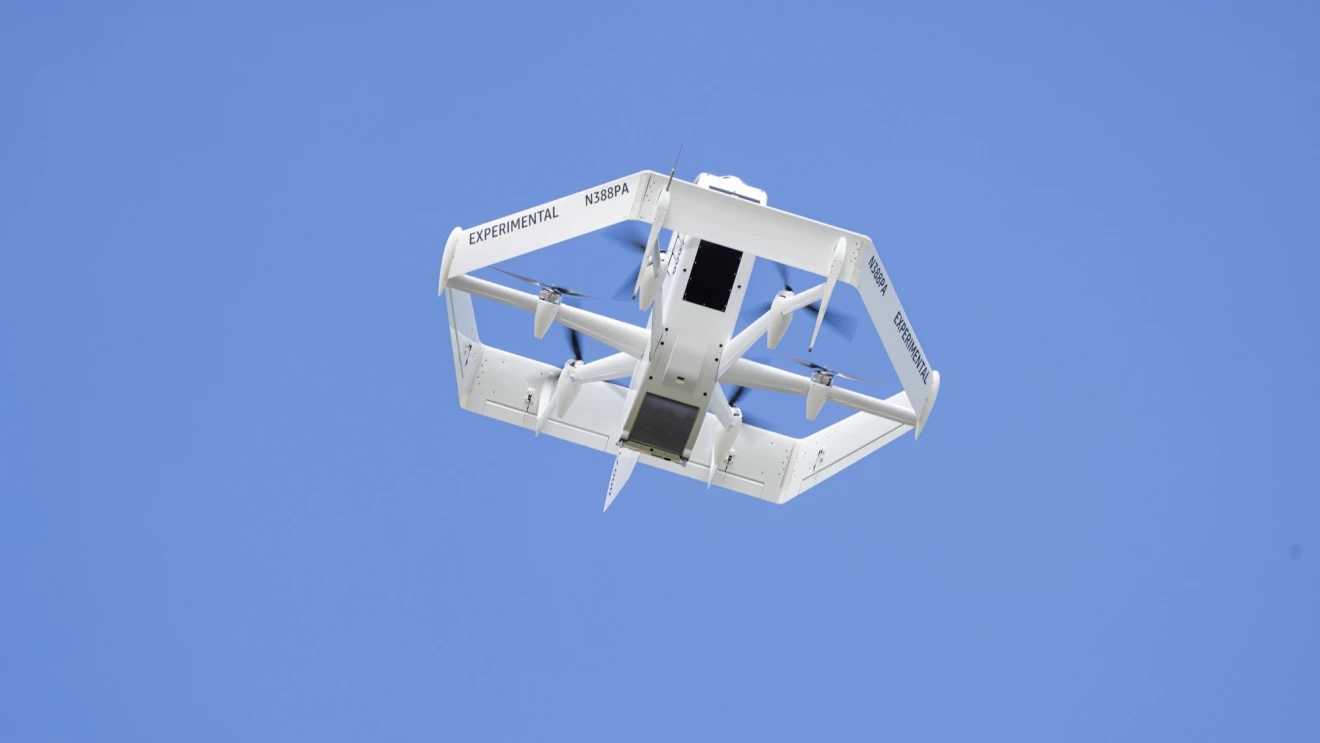
Image Credits: Amazon
“Amazon’s new facility presents a tremendous opportunity for College Station to be at the forefront of the development of drone delivery technology,” said Mayor Karl Mooney in an official release. “We look forward to partnering with Amazon and Texas A&M and are confident that Amazon will be a productive, conscientious, and accountable participant in our community.”
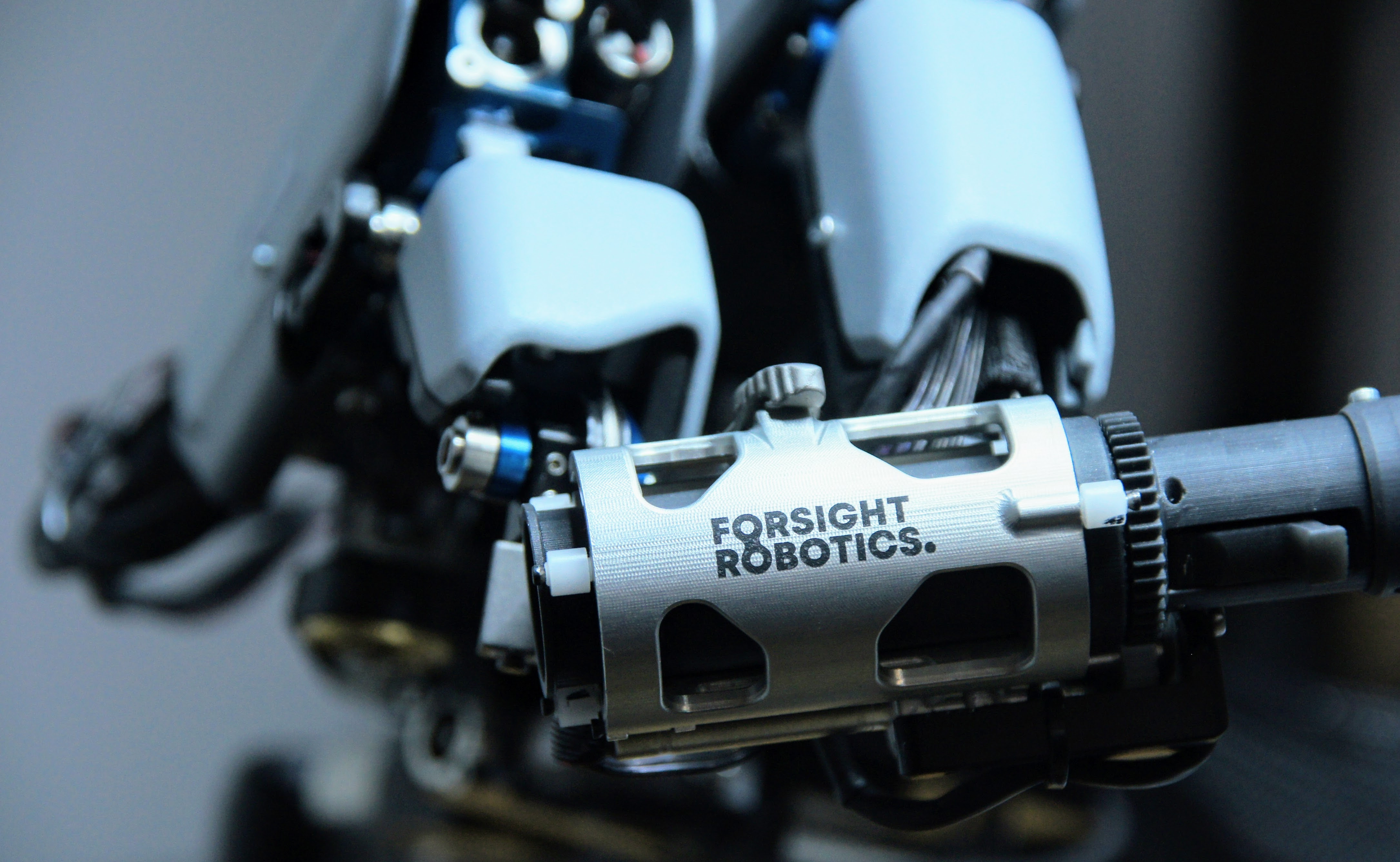
Surgery robot from ForSight Robotics. Image Credits: ForSight Robotics
Not a ton of robotic raises this week, but Forsight Robotics grabbed a healthy $48 million Series A for its cataract surgery platform, Oryom — “daylight” in Hebrew, turns out. Surgery robots such as these are an important step toward helping level the playing field of access to procedures — and the company happened to choose an extremely popular one, with more than 28 million performed annually. Says co-founder and CEO, Daniel Glozman:
We are pleased to be able to advance our technology with this investment to bring robotics into the world of ophthalmic surgery to help millions of patients who have to wait unnecessarily for procedures while their eyesight deteriorates. Our goal is to democratize this highly sophisticated procedure, enabling patients around the world to easily access the treatment that can restore their vision.
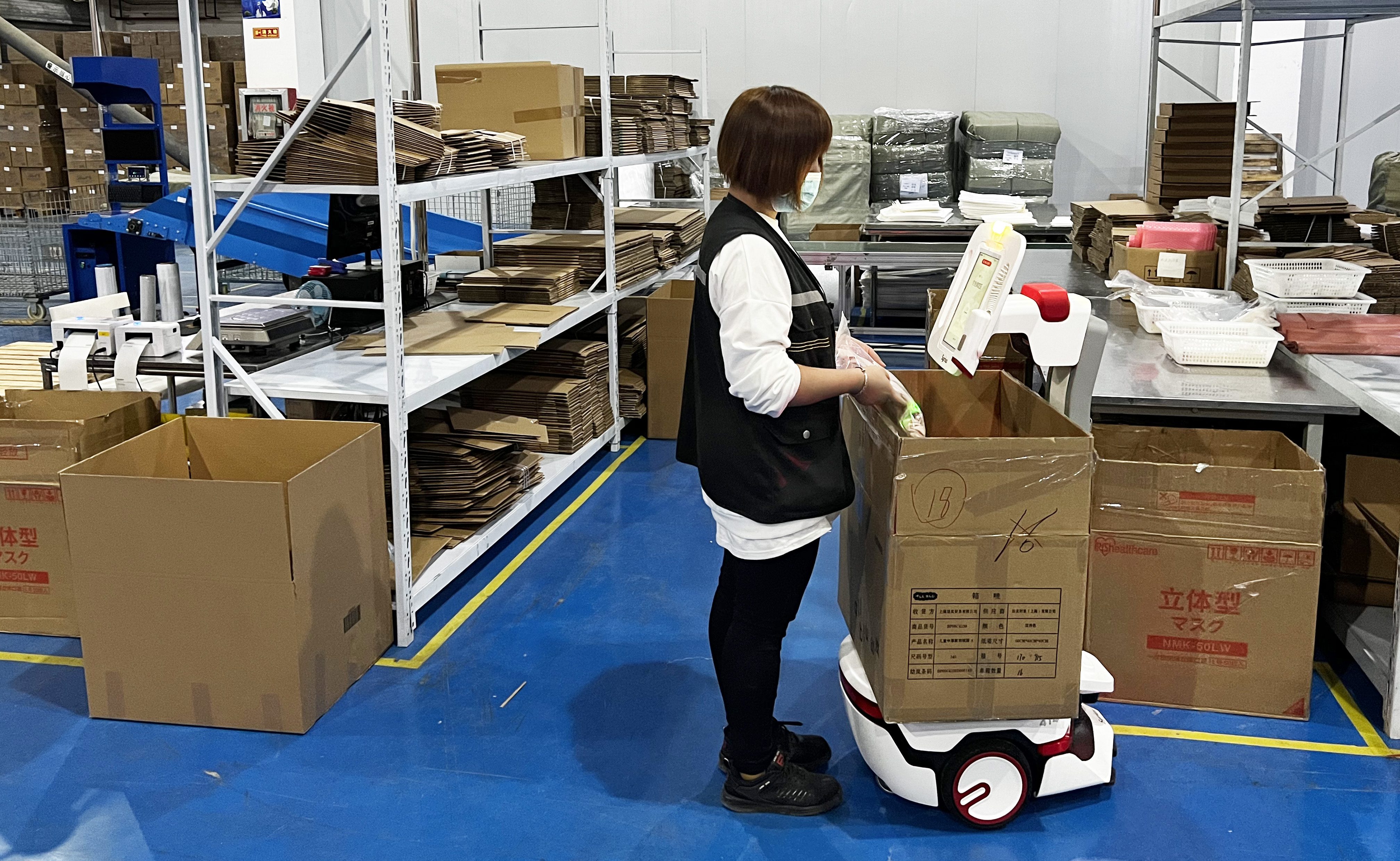
Image Credits: Syrius Robotics
Chinese warehouse robotics startup Syrius also managed to drum up $7 million. That brings its total to-date raise to $40 million. Says Rita:
Think of Syrius’s robots as mini autonomous driving bots that can maneuver narrow warehouse aisles and lift and put away parcels. The company sees itself more as a software than hardware firm, with proprietary algorithms that tell robots how to move indoors.
“We’re a software company first” seems to be the rallying cry of so many robotics firms these days. Hardware’s hard, turns out.
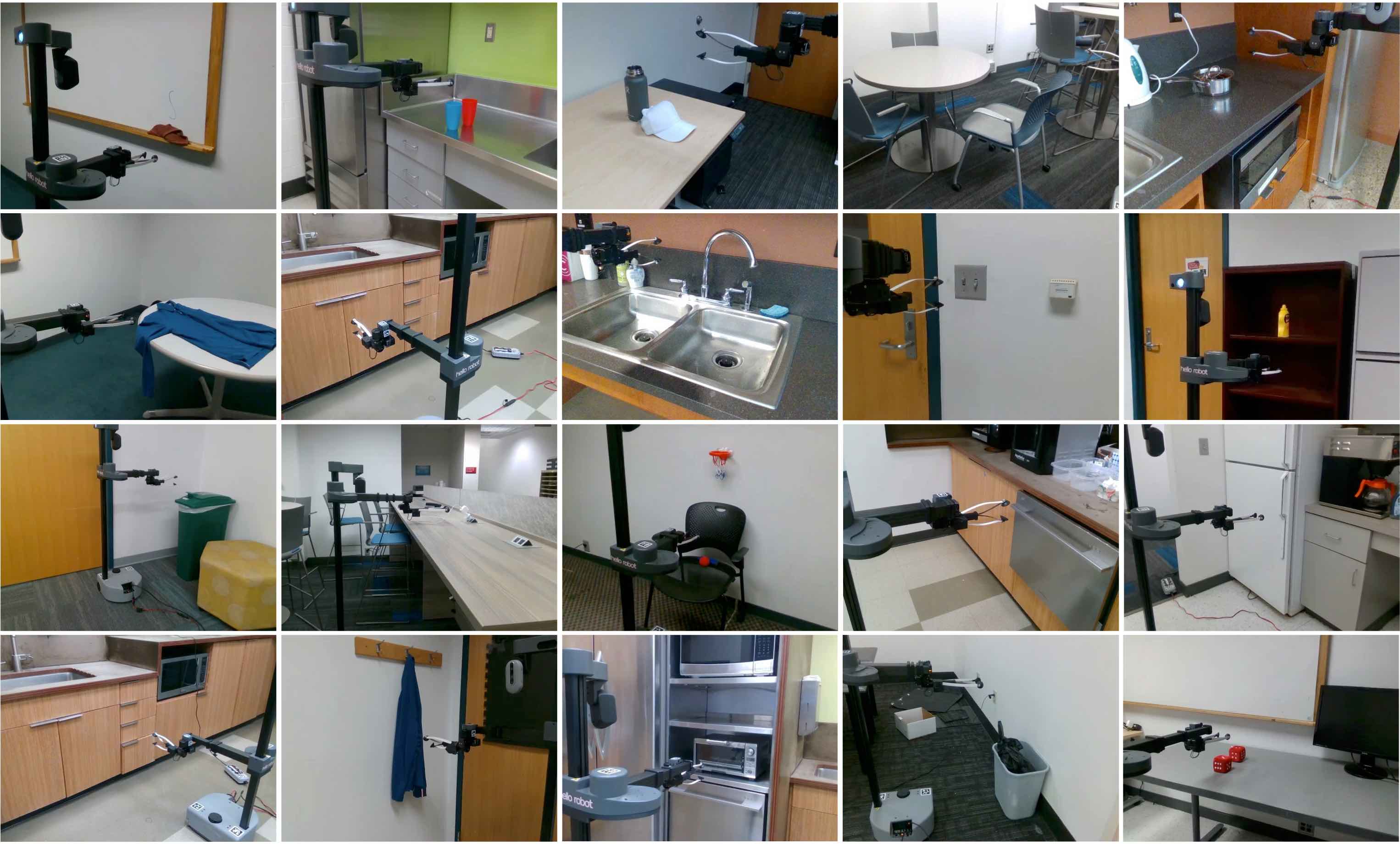
Image Credits: Carnegie Mellon University
Robotic learning is pretty darn hard, too. That’s why this is such a cool project from CMU — that and the fact that it presents a fascinating new take on home robotics. In-the-Wild Human Imitating Robot Learning, or WHIRL (a bit of a stretch as acronyms go, but what are you going to do?) uses videos of humans performing tasks to train an off-the-shelf mobile robotic arm to do simple home tasks like opening drawers and taking out the trash.
“Imitation is a great way to learn,” said Robotics Institute PhD student Shikhar Bah. “Having robots actually learn from directly watching humans remains an unsolved problem in the field, but this work takes a significant step in enabling that ability.”
There are some exciting potential applications here for the burgeoning eldercare robotics category. I’m excited to see how this one progresses.
Actuator is out for this week. See you Thursday for our big (and bigly free) robotics event.

Image Credits: Bryce Durbin/TechCrunch
Subscribe to Actuator. It’s like a robotics conference in your inbox every week.
from TechCrunch https://ift.tt/StqVhgI



0 comments:
Post a Comment